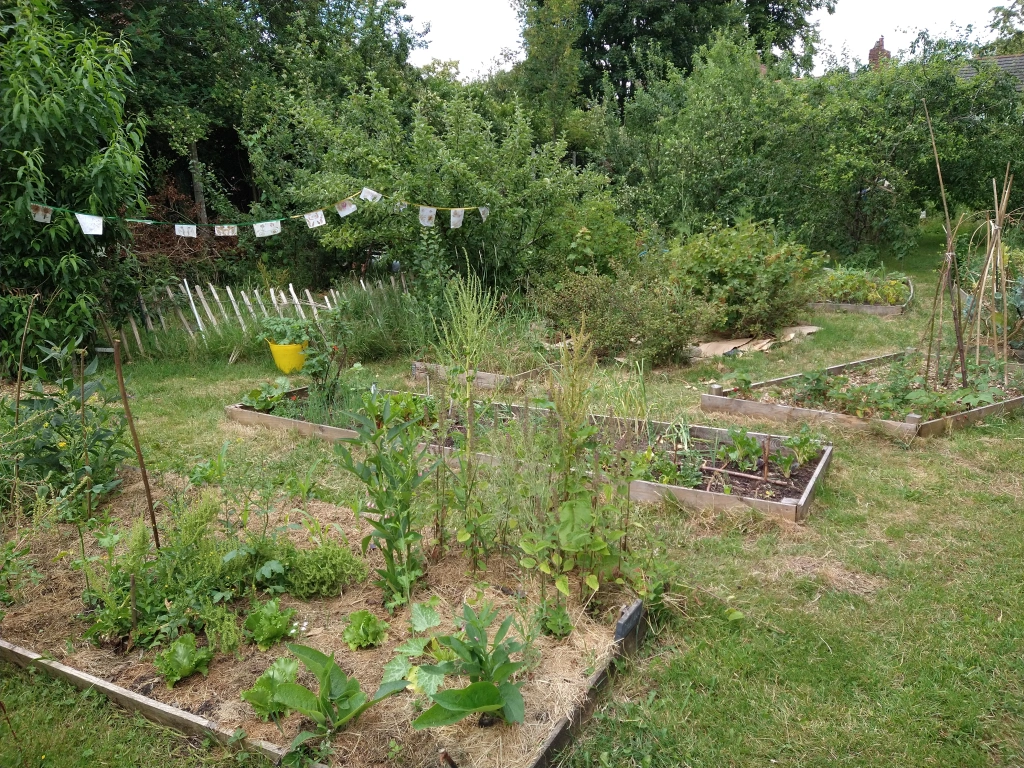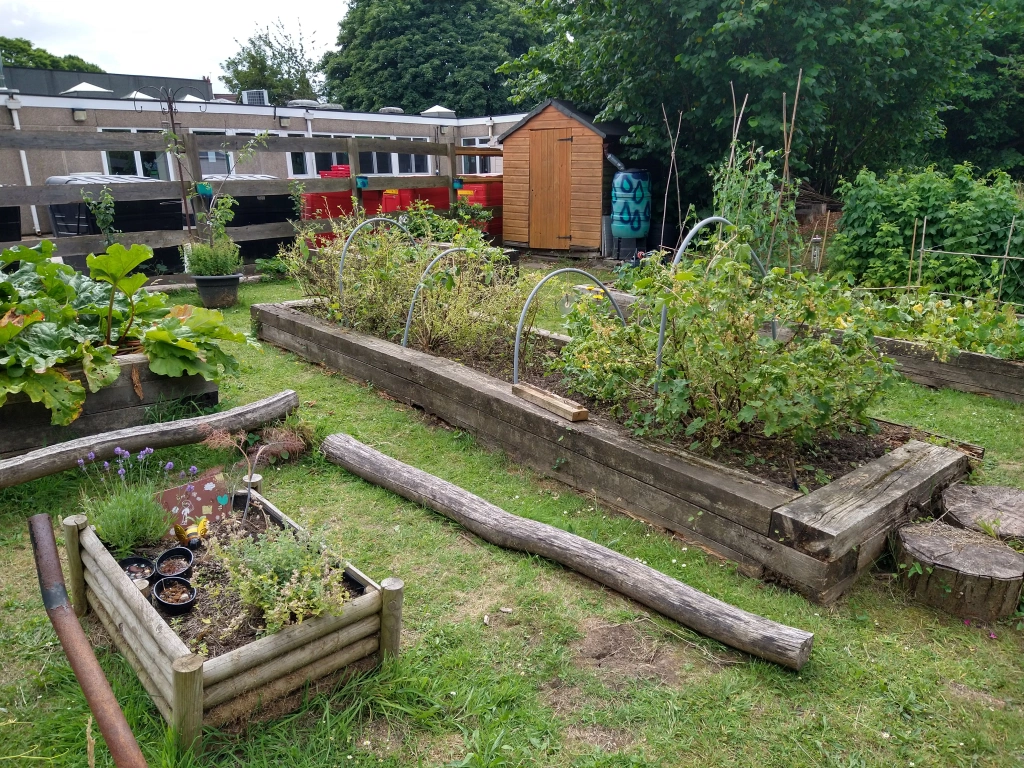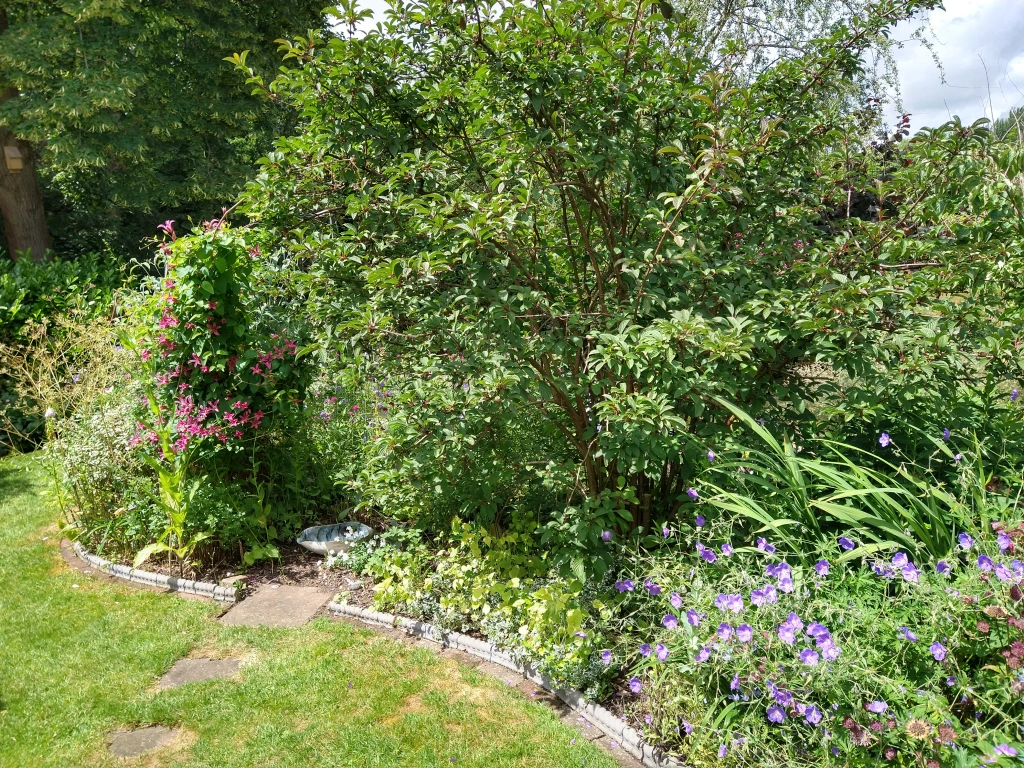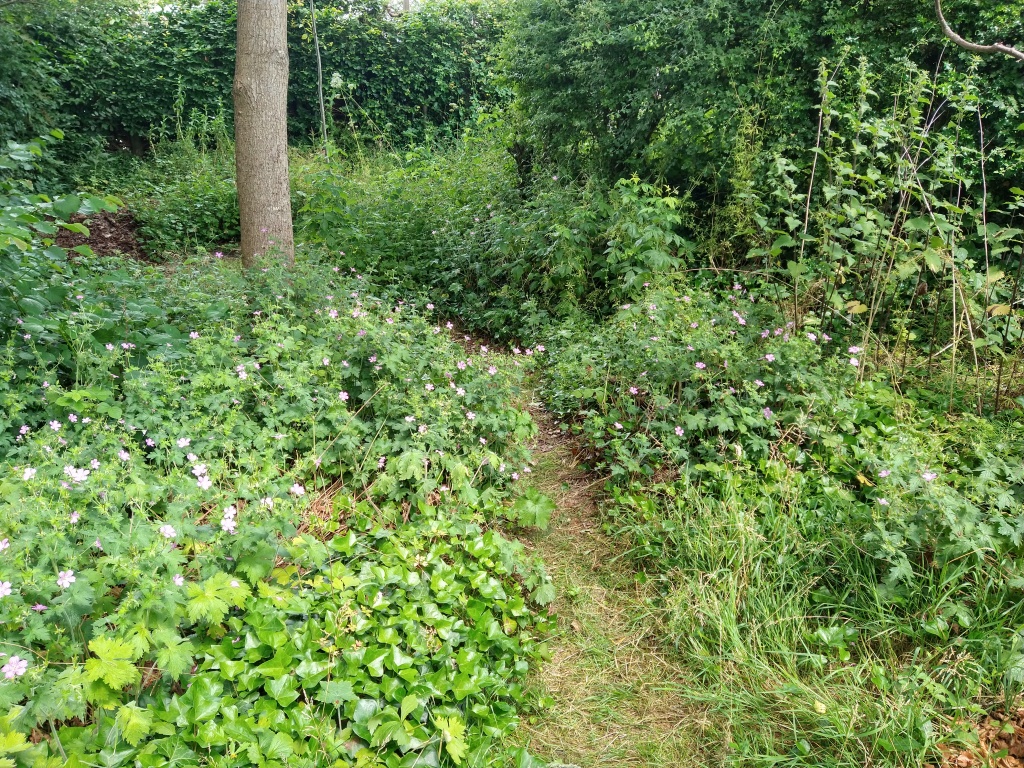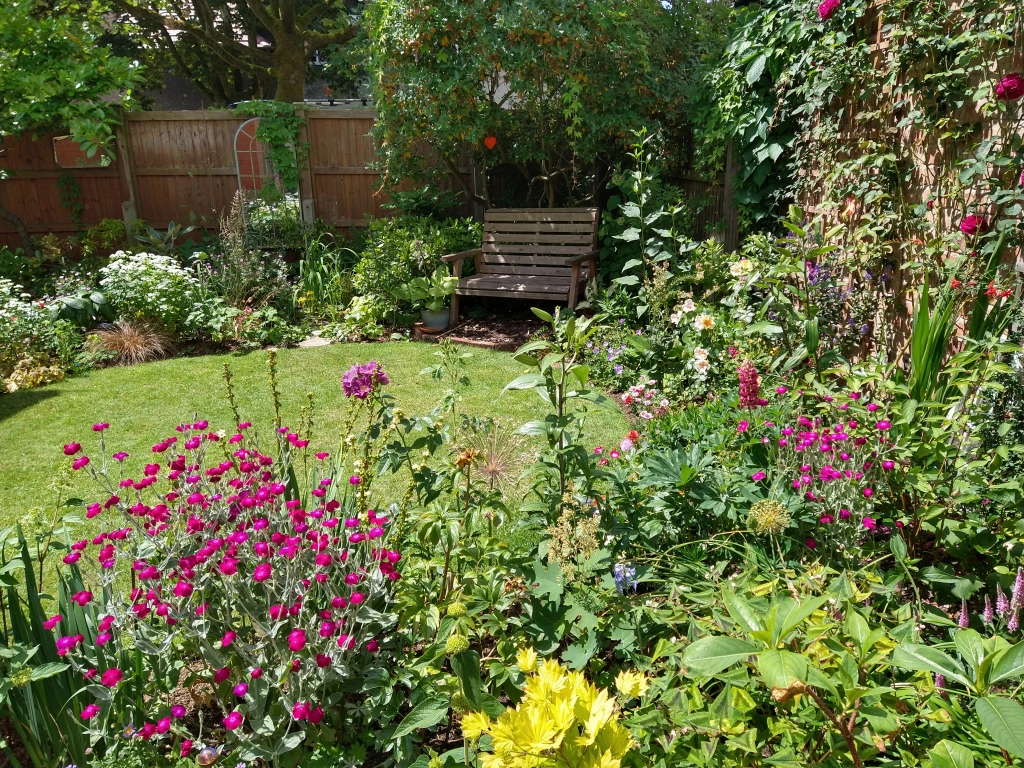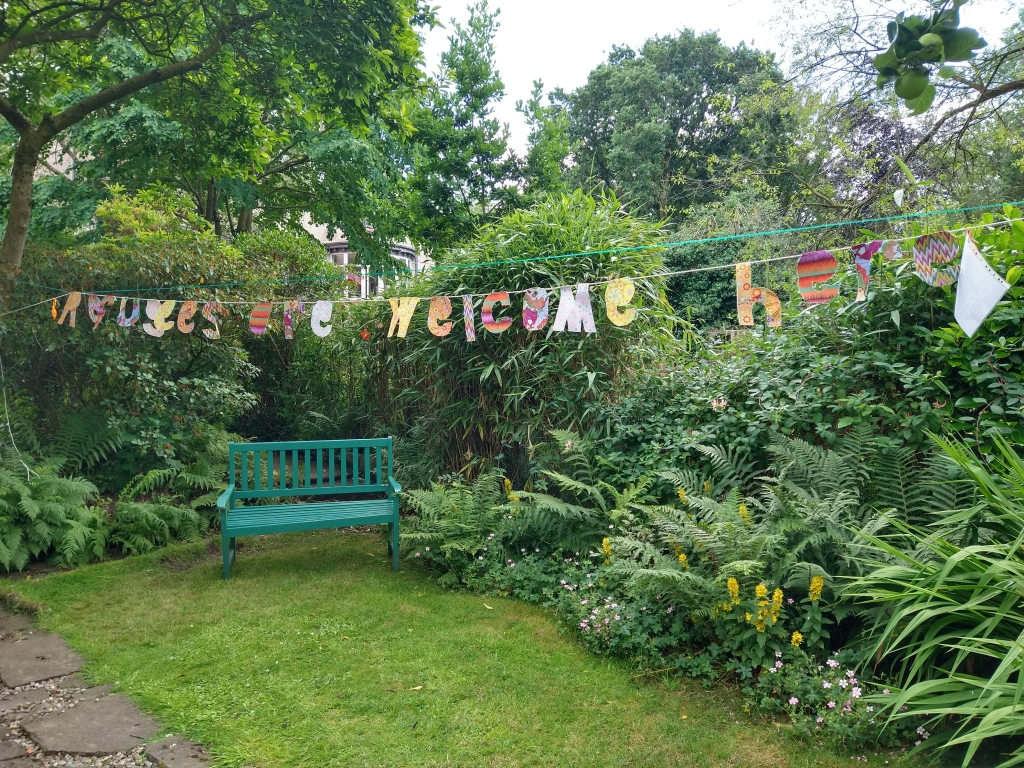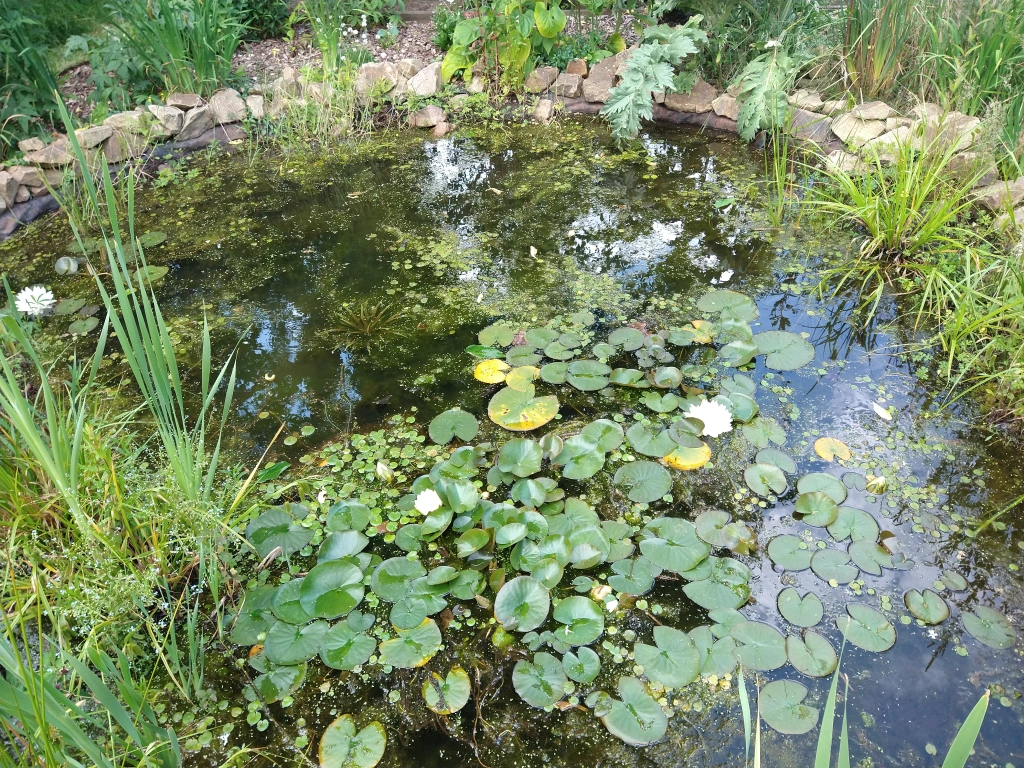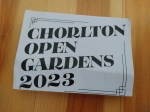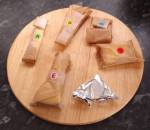I’ve been reading a fascinating book recently about the history of the world’s oldest national broadcaster, David Hendy’s The BBC: A People’s History, to coincide with its centenary.
It’s full of interesting nuggets of info about how the BBC grew from humble beginnings in 1922 – inspiring a tiny group of early adopters in post-war England – to a global giant that today reaches nearly half a billion people weekly. I’d recommend picking up a copy.
Now admittedly I may be a little biased, as I was lucky enough to land a job at the BBC in Salford earlier this year, but I do think broadcasting’s something that’s all too easy to take for granted even though it really is a remarkable British success story. So to mark the milestone of 100 years of broadcasting, I thought I’d share five little-known facts about its early days – here’s to the next century!
Two for the price of one
The British Broadcasting Company (later renamed the British Broadcasting Corporation) made its first wireless transmission at 6pm on Tuesday, 14 November 1922 – “Hello. Hello. 2LO calling. 2LO calling. This is the British Broadcasting Company. 2LO. Stand by for one minute please.” In case you’re wondering, 2LO got its name from the number of the Post Office broadcasting licence issued to Marconi, reflecting the fact that the broadcast came from London’s Marconi House.
After a short pause, the announcer Arthur Burrows then read a short news bulletin and weather forecast. Interestingly, he actually read it twice – once at normal speed and then again at half speed – to enable listeners to take notes.
Sign of the Times
Broadcasting’s debut went completely unnoticed by millions of Britons – most of the press ignored the BBC’s launch, while The Times only briefly mentioned that “preliminary ‘broadcasting’ will be authorized from Marconi House this evening’ on an inside page. To help spread the word, the BBC launched the world’s first broadcast listings magazine on Friday, 28 September 1923, the Radio Times (subtitled ‘The official organ of the BBC’).
The Radio Times would eventually incorporate TV listings too, though audiences would have to wait until 1953 before these schedules were elevated from the back pages to the front.
Goodbye Mickey Mouse
Speaking of TV, there had been various experiments in broadcasting pictures from the mid-1920s onwards, but the world’s first regularly scheduled TV service wouldn’t make an appearance until 1936. The home that the BBC chose for this trailblazing initiative was Alexandra Palace (affectionately known as Ally Pally), a dilapidated Victorian complex in north London that nonetheless enjoyed sweeping views across the capital, ensuring that the towering transmitter mast installed there would have clear sightlines to as many people as possible.
TV’s momentum wouldn’t last long however – transmissions were turned off shortly after midday on Friday, 1 September 1939 as the UK prepared for war, following the broadcast of a Mickey Mouse cartoon. It’d be seven long years before BBC TV returned (and 15 years before the opening of the BBC’s first TV studio outside London, BBC Dickenson Road Studios in Manchester).
Liberté, égalité, fraternité
Although World War II would thwart the development of TV, you could argue it had the opposite effect on radio, with the BBC’s rapidly proliferating overseas services delivering timely and trustworthy journalism to millions of wireless listeners across mainland Europe and beyond. One of the most high-profile was the French Service (Radio Londres), which sought to rally opposition to the Vichy government across the Channel.
Famously, future French president Charles de Gaulle made a number of impassioned speeches here, starting on Tuesday, 18 June 1940 with his declaration that “the struggle should go on” following the fall of Paris. On a subsequent visit to the BBC, he asked if his performance had been recorded for posterity, only to be told by the BBC’s Leonard Miall that it had not. Miall then recalled witnessing “quite a scene”, noting: “I became the first British recipient of the famous de Gaulle temper.”
Code of conduct
Throughout World War II, the BBC agreed to broadcast countless codes to British agents and supporters abroad. According to an internal document, these were usually for “confirming that an operation is taking place, or of retarding or cancelling an operation”, they could “acknowledge the safe arrival of persons or documents”, or they might warn people that they “are in danger and should take the necessary steps to protect themselves”.
Sometimes, a certain phrase would be broadcast on air – “Albertine et Victor pensent a leur Cousin Jackie” or “Bonjour aux amis de Dominique” on the French Service on Monday, 7 September 1942, for example – but at other times, a pre-arranged piece of music would be played instead. This did leave to some curious situations, not least a tone-deaf demand for the BBC to accompany sobering reports from the battlefield with a recording of ‘Pistol Packin’ Mama’.
However, by the time that the French Service transmitted the code “bercent mon cœur d’une langueur monotone” (“rock my heart with a monotonous languor”) on Monday, 5 June 1944 to tell resistance fighters that D-Day was imminent, the power of broadcasting to shape history was well and truly beyond doubt.
